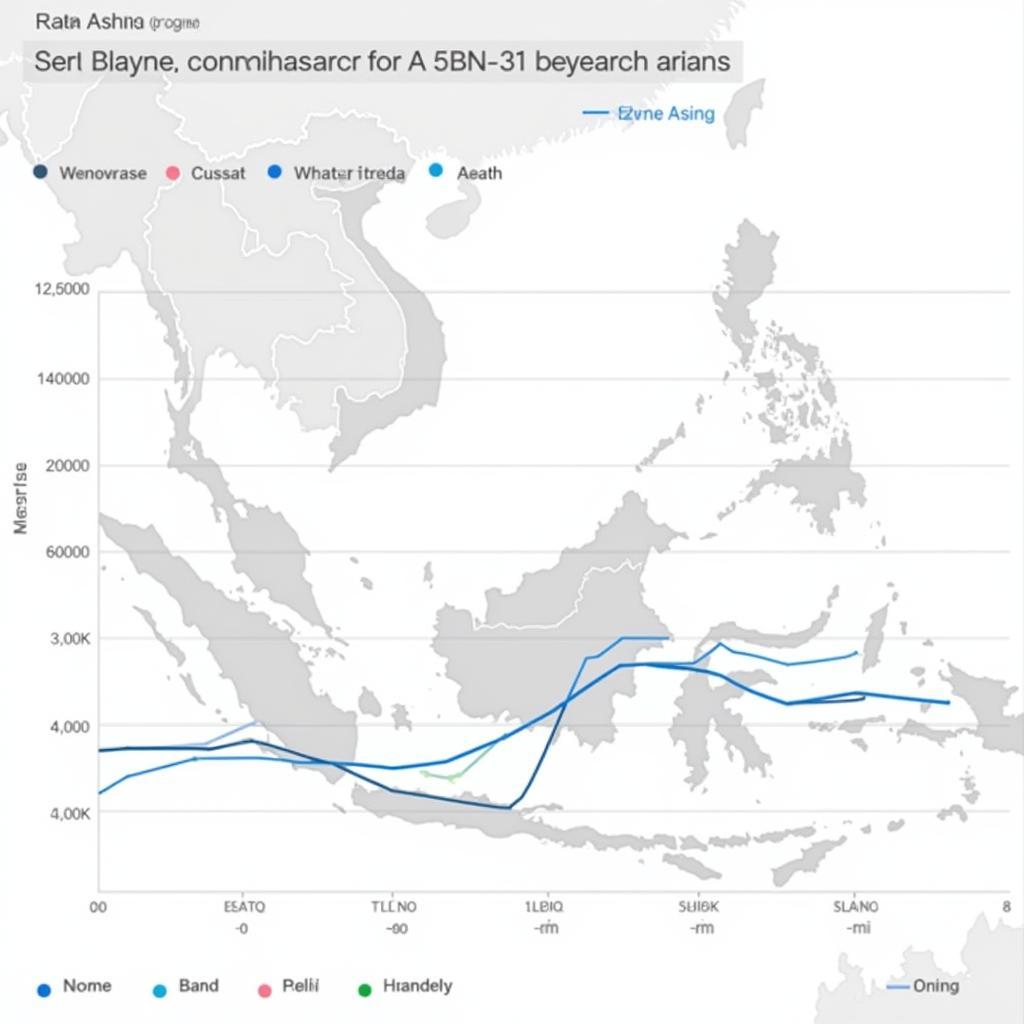The Association of Southeast Asian Nations (ASEAN) plays a pivotal role in regional and global affairs. Central to its mission are the “Asean 3 Purpose,” a strategic framework guiding the organization’s goals and actions. This article delves into the core components of the ASEAN 3 Purpose, examining its significance and impact on Southeast Asia and beyond.
Deconstructing the ASEAN 3 Purpose
The ASEAN 3 Purpose, also known as the ASEAN Community Vision 2025, outlines three fundamental pillars:
-
ASEAN Political-Security Community (APSC): This pillar aims to foster peace, stability, and security within the region. It focuses on promoting dialogue, cooperation, and confidence-building measures among member states.
-
ASEAN Economic Community (AEC): The AEC strives to establish a single market and production base, promoting economic integration and competitiveness. It aims to enhance trade, investment, and economic development across Southeast Asia.
-
ASEAN Socio-Cultural Community (ASCC): Recognizing the importance of social cohesion and cultural exchange, the ASCC aims to build a people-oriented and socially responsible ASEAN. It focuses on areas such as education, health, environment, and social protection.
The Significance of ASEAN 3 Purpose
The ASEAN 3 Purpose provides a comprehensive roadmap for regional integration and development. By addressing political-security, economic, and socio-cultural aspects, it fosters a holistic approach to tackling common challenges and seizing opportunities. The framework promotes:
-
Peace and Stability: By encouraging dialogue and cooperation on security matters, the ASEAN 3 Purpose contributes to a stable and predictable regional environment.
-
Economic Growth: The AEC’s initiatives to remove trade barriers and facilitate investment have led to significant economic growth and development across ASEAN.
-
Social Progress: The ASCC’s focus on social development helps improve the well-being of ASEAN citizens, promoting inclusivity and equitable access to opportunities.
-
Regional Identity: By fostering cultural exchange and understanding, the ASEAN 3 Purpose helps strengthen a sense of shared identity and belonging among member states.
Achieving the ASEAN 3 Purpose: Challenges and Opportunities
While significant progress has been made in realizing the ASEAN 3 Purpose, challenges remain. These include:
-
Narrowing the Development Gap: Ensuring equitable distribution of benefits and addressing disparities among member states is crucial for achieving inclusive growth.
-
Enhancing Institutional Capacity: Strengthening ASEAN institutions and mechanisms is essential for effective implementation and monitoring of the ASEAN 3 Purpose.
-
Responding to Emerging Challenges: ASEAN needs to adapt to evolving regional and global dynamics, such as geopolitical shifts and technological advancements.
Despite these challenges, the ASEAN 3 Purpose presents numerous opportunities:
-
Leveraging Digital Transformation: Embracing digital technologies can accelerate economic growth, improve governance, and enhance social connectivity.
-
Promoting Sustainable Development: ASEAN can play a leading role in addressing climate change, promoting environmental conservation, and fostering sustainable practices.
-
Strengthening Global Partnerships: By deepening cooperation with dialogue partners, ASEAN can enhance its influence on the global stage and address shared challenges.
ASEAN 3 Purpose: A Vision for the Future
The ASEAN 3 Purpose represents a shared vision for a peaceful, prosperous, and people-centered Southeast Asia. By upholding its principles of cooperation, consensus-building, and shared responsibility, ASEAN can overcome challenges and seize opportunities to achieve its ambitious goals. The framework serves as a testament to the organization’s commitment to regional integration and its determination to build a brighter future for all its people.
FAQs about ASEAN 3 Purpose
1. What are the main objectives of the ASEAN Political-Security Community (APSC)?
The APSC aims to promote peace, stability, and security in the region through dialogue, cooperation, and confidence-building measures among member states.
2. How does the ASEAN Economic Community (AEC) benefit businesses and investors?
The AEC aims to create a single market and production base, reducing trade barriers and facilitating investment, which benefits businesses and investors by expanding market access and creating new opportunities.
3. What are some examples of initiatives under the ASEAN Socio-Cultural Community (ASCC)?
The ASCC implements initiatives in areas such as education, health, environment, and social protection, aiming to enhance the well-being and social cohesion of ASEAN citizens.
4. How does the ASEAN 3 Purpose address emerging challenges such as climate change?
The ASEAN 3 Purpose emphasizes sustainable development and encourages member states to cooperate on environmental protection, climate change mitigation, and disaster management.
5. What is the role of dialogue partners in supporting the ASEAN 3 Purpose?
Dialogue partners play a crucial role by providing technical assistance, financial support, and capacity-building programs to help ASEAN achieve its goals.
 ASEAN Flag
ASEAN Flag
Need further assistance or have questions?
Contact our dedicated support team at:
Phone Number: 0369020373
Email: [email protected]
Address: Thon Ngoc Lien, Hiep Hoa, Bac Giang, Vietnam.
Our customer service representatives are available 24/7 to assist you.
For more insights on ASEAN and related topics, explore our website for additional articles and resources. Discover more about ASE certification brakes test and gain valuable knowledge.


